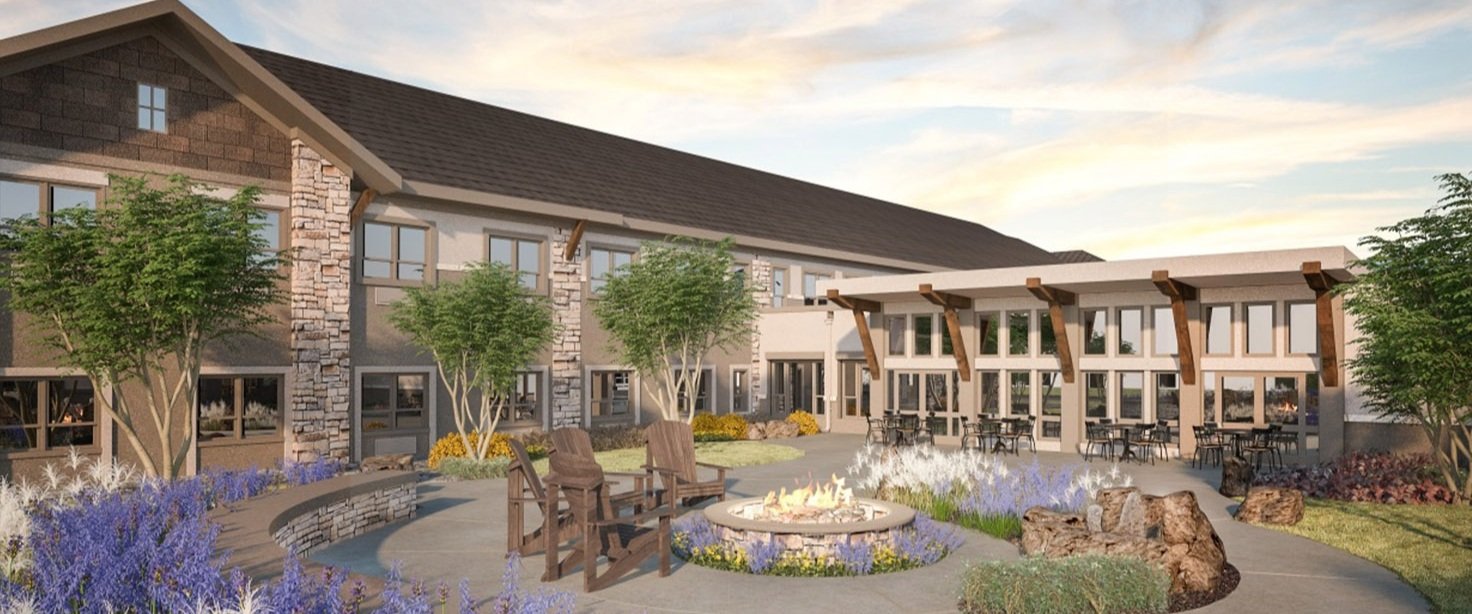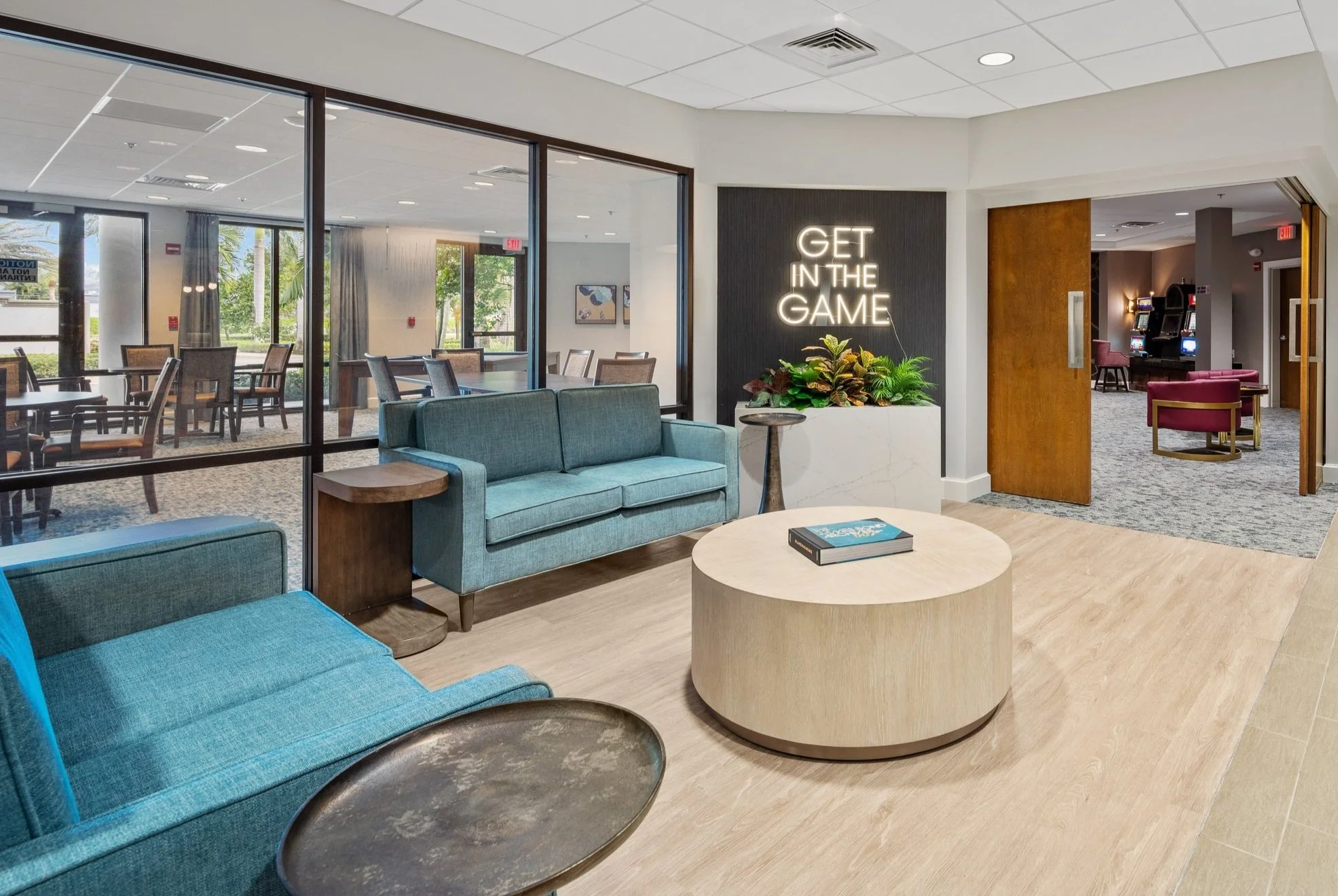Master Planning for Senior Living: Integrating the Village Model
As senior living communities evolve, master planning must focus on fostering engagement, collaboration, and long-term well-being. Whether individuals reside in an active adult community, a senior living development, or independently within a broader neighborhood, providing access to integrated support systems is key to successful aging. One model gaining traction is the Village-to-Village Network, a grassroots, community-based approach that enables older adults to age in place with confidence and support.
According to the Village-to-Village Network, "Villages build a sense of community and offer resources, services, programs, and activities, including social and educational programs, health and wellness activities, and volunteer assistance with transportation, light home maintenance, and technology coaching.” These elements align with the goals of an Active Adult Community by ensuring that residents have access to a continuum of services while maintaining their independence.
The Core Principles that Align with an Active Adult Community:
A Strong, Inclusive Community: Designed to offer social engagement, wellness initiatives, and services that support aging in place.
Comprehensive Service Coordination: Affordable transportation, health and wellness programs, home repair or housekeeping assistance, and technology support ensure residents maintain independence.
Reducing Isolation & Encouraging Purpose: The model fosters interdependence, a sense of belonging, and opportunities for meaningful engagement.
Integration with Community Partners: Successful Villages collaborate with healthcare organizations, municipal agencies, and other stakeholders to create a supportive ecosystem.
Why Now? The Numbers
Today, older adults seek to delay or avoid long-term care, preferring to remain independent for as long as possible. According to an AARP survey, 73% of adults prefer to remain in their current communities. A U.S. News report further found that 95% of adults 55+ identify aging in place as a critical goal. However, many neighborhoods are ill-equipped to support aging populations. The AARP survey revealed that only half of respondents feel their neighborhood is prepared to meet their future needs, particularly regarding healthcare access, reliable infrastructure, support services, and emergency preparedness. Recent climate-related disasters underscore the need for coordinated safety measures, such as evacuation support and affordable home maintenance services.
Incorporating the Village Model into Senior Living Master Planning
As senior living operators reposition and renovate communities to align with changing demographics and expectations, integrating Village-style elements into master planning can provide a compelling advantage. Incorporating community-driven support networks into a campus design can help seniors maintain their independence while benefiting from a built-in safety net.
By embedding the principles of the Village model into senior living master plans, communities can position themselves as forward-thinking leaders in aging solutions, offering innovative pathways and resources for older adults to thrive. As surveys consistently indicate, today’s seniors prioritize autonomy, purpose, and meaningful engagement, and master planning must evolve to meet these expectations.
Pi Architects can help senior communities embrace the Village Model by creating spaces that balance independent living with integrated support services. Pi Architects’ designs weave together social spaces, wellness amenities, and support infrastructure to help communities meet evolving senior preferences.
Pi Architects | Contact us here or call us at 512-231-1910.






